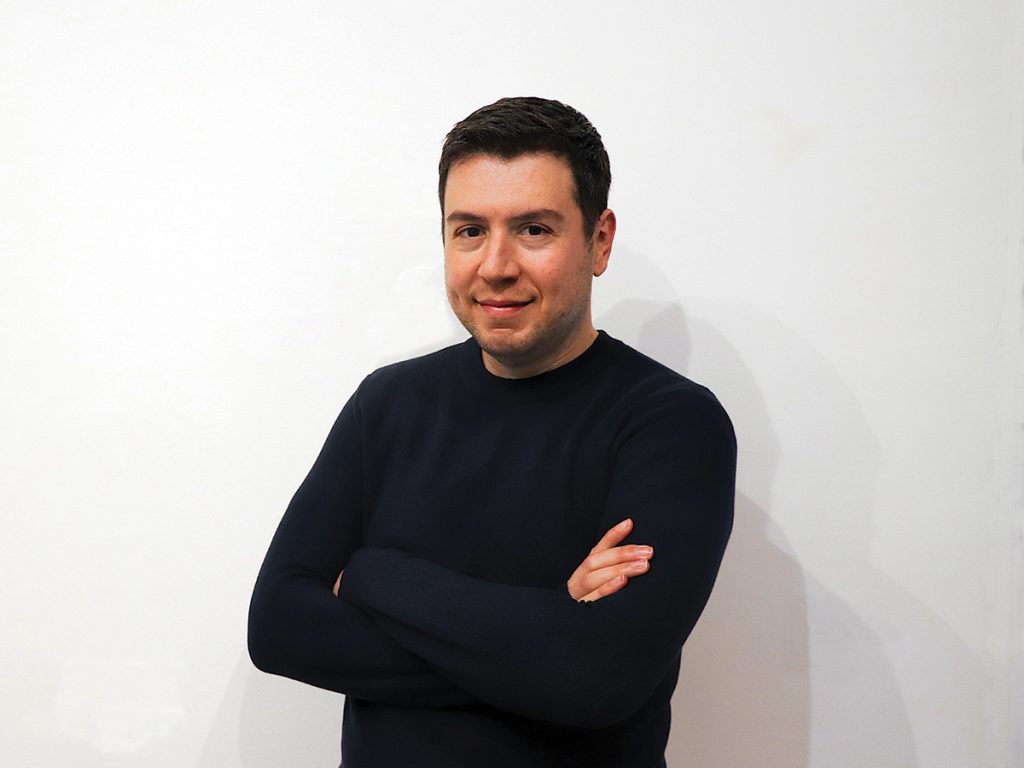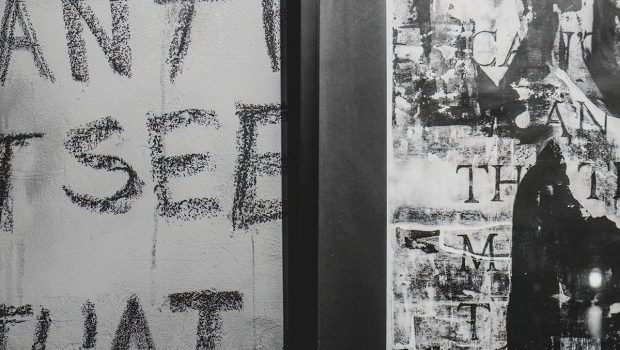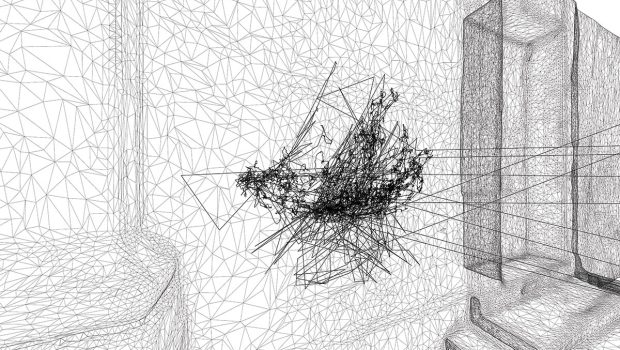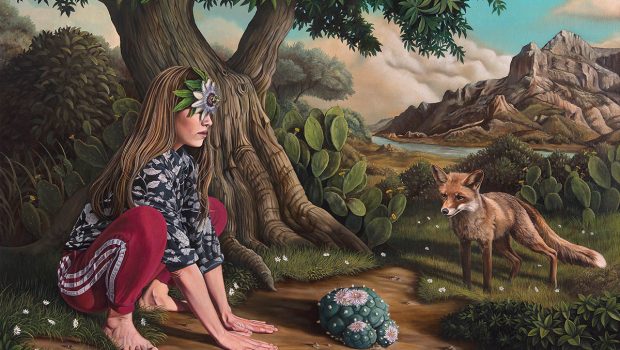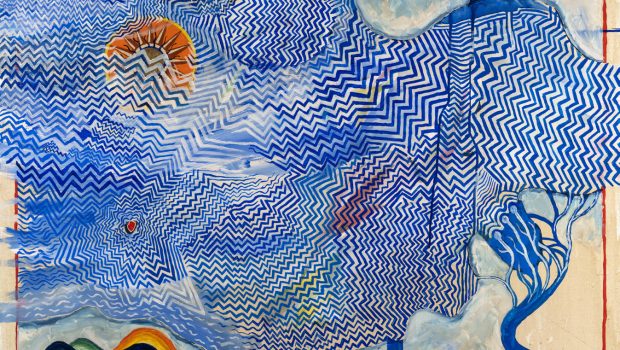THE MALTA SCHOOL OF ART
We chat with the Head of The Malta School of Art, Roderick Camilleri
The School of Art has undergone a huge transformation over the years to align with the demands of the contemporary world. Lily Agius speaks with the Head of the school, Roderick Camilleri, to discuss its developments and plans as well as his thoughts on AI, digital art and the institution’s current educational priorities.

How many courses do you offer, and whom are they targeted at?
The school has a diversified list of courses with over 70 units across different levels, from elementary to higher diploma programmes in painting, printmaking, and sculpture. Besides the formal accredited courses, there are also non-formal classes designed for students who are interested in learning a subject without being formally assessed.
How would you say the school evolved over the years?
The school has changed over the years and has created a beautiful community of students, artists and art lovers with almost seven hundred students. Moreover, we have done a lot of work to consolidate a differentiated cycle of MQF-level units which covers different fields, providing a creative context that encourages individual interpretation and, innovative research and experimentation.
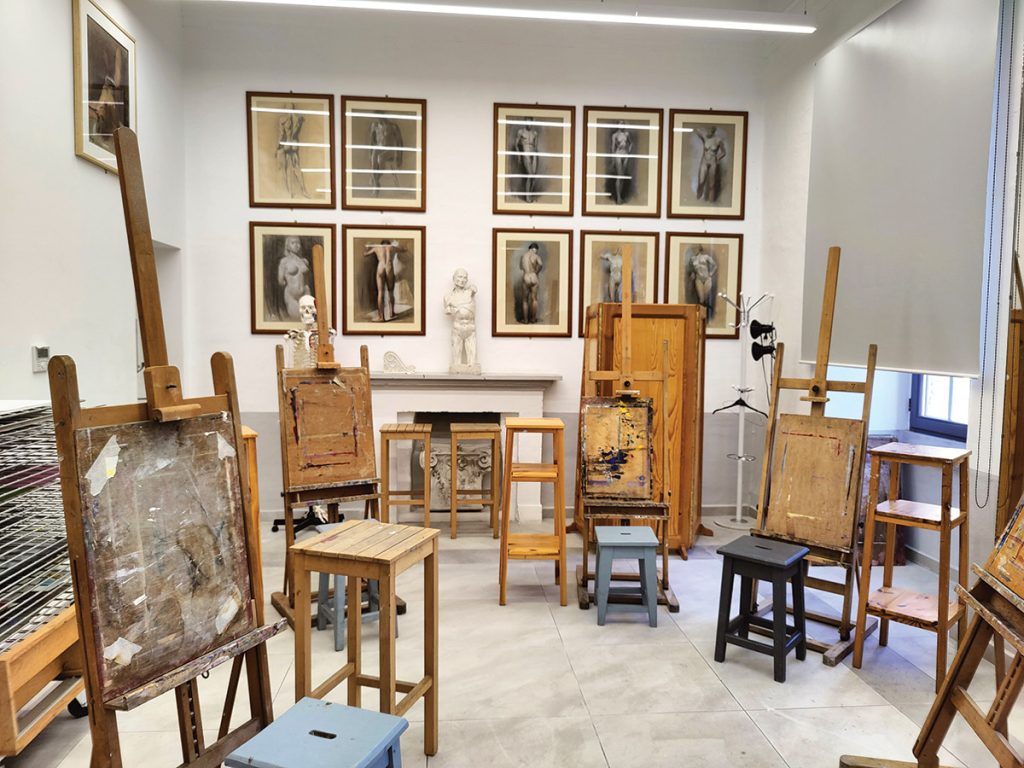
“The School of Art fosters creative thinking and innovative research and experimentation, grounded in solid technical competencies.”
Can you discuss The School of Art’s history and its priorities today?
The School of Art has a century-long history. It has played a pivotal role in the formal and artistic development of some of the most illustrious modern artists in Malta. Its historical origin started from a chain of strategic political achievements traced back to the acquisition of self-government in 1921.
Within the political and historical context of the early twentieth century, the local administration and government felt the need to set up a State School dedicated to fine arts. It was during this period that the Malta Government School of Art was established. The school opened its doors to its first cohort of students in 1926. It had a strict curriculum similar to the typical academies on the continent. However, its formative and conducive context emanated a very productive ambience that stimulated important students granting them an important scholarship to further their artistic practice abroad. Thus, the school was more than just a hub for artistic training, it was an instrumental springboard to further their artistic knowledge and horizons outside the local landscape.
Nowadays the school forms part of the Mikiel Anton Vassalli College (MAVC) and strives to preserve the artistic heritage and academic prowess of the past. However, it fosters creative thinking and innovative research and experimentation, grounded in solid technical competencies.
In addition, the school is establishing crucial links with local and international art institutions, museums, cultural institutions and various other entities through partnerships and collaborations. Through these joint ventures, the students are given opportunities to engage with professionals and explore new territories. For instance, every year the MAVC college organises an interdisciplinary production which brings together different students from different art fields to work together in a production amongst professionals. Moreover, we also create exhibitions and projects such as IdeArti, Junior Exhibitions and Diploma exhibitions amongst others, to further expand the students’ artistic portfolio.
Moreover, this year the School of Art is also designing a digital education module integrating the visual arts for an Erasmus Project+ which the MAVC is coordinating to elevate the digital proficiency of educators with key EU policies. This project also entails the participation of two partners, one from Turkey and one from Greece, respectively.
You have recently developed the studios as well as the public areas. Why did you feel this was needed and what more do you have to offer now?
The renovation of the school and its studios were amongst the most significant upgrades, boosting all the facets of our programme. The studios are fully supplied with all the equipment required to offer the best possible learning experience and formative training. The life-class studios, painting studios and printmaking workshops are among the most beautiful spaces; I would also say that such spaces are amongst the best educational art studios on the island.
For instance, the printmaking studio is fully endowed with lithography, etching and relief presses which also act as inspiring centrepieces of the workspace. Moreover, these spaces are also complimented by some of the most remarkable artworks by prominent Maltese artists who used to work at the school, such as Carmelo Mangion, Esprit Barthet and Frank Portelli to mention only a few.
Why did you feel that you needed to offer more and include a digital art studio?
The digital art studio is another valuable addition to our educational resource. Nowadays digital art is a vital medium which needs to be integrated into our educational programme. Students need to be conversant with the latest technologies and sources to keep abreast of what is happening in the contemporary artistic scene. The new media have permeated all elements of our lives and surely cannot be overlooked. I believe that such an asset should be part of the students’ formative training to cater for the needs and expectations of the contemporary world.
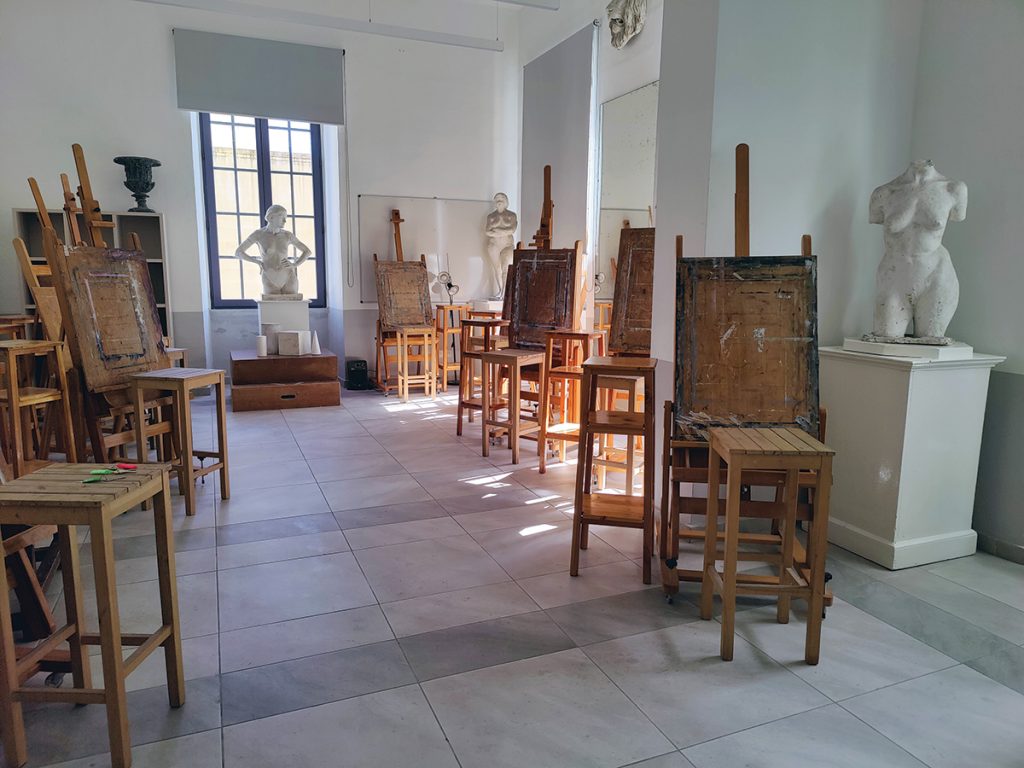
You are also an artist yourself. Would you agree, fine art has been overshadowed by digital art? And if so, what is the School of Art doing to prioritise academic fine art.
Digital art is a very resourceful and attractive medium and most of the students gravitate towards this field due to the new working opportunities which are emerging. However, nowadays there is an interesting cross-fertilization between the two realms. Needless to say, there are a lot of students who start their artistic journey through digital platforms. This has turned the old system on its head, inverting the educational process of young art pupils. There is a considerable number of students who start exploring and experimenting with artistic expressions through digital software and then gravitate slowly towards traditional forms at a later stage of their educational process.
Unfortunately, one downside which might affect us is that such software and platforms provide shortcuts for our up-and-coming art students and thus certain facets linked to material literacy, such as technical drawing skills might be negatively affected. This might be a temporary phase and I still believe that the two realms can co-exist in a healthy symbiosis.
The school of art is aware that these new technologies provide challenges which proffer positive as well as negative effects. We are doing our best to foster a productive context which sustains our traditional legacy of technical and formative basis whilst providing a creative flair where students can research, experiment and integrate different media.
What is your opinion on the art-scene and art that you see at galleries today in both Malta and abroad? Is there anything that you wish to see more of?
In Malta, the art scene has developed drastically in the past decades. The resources, and the number of projects, events and exhibitions have gained traction across different realms. There are several galleries and art spaces which are organising shows regularly and consistently. At an international level, the art market has become increasingly globalised, with the proliferation of art fairs, auctions and galleries, connecting artists worldwide. Digital media and NFTs have also affected the market in various ways, offering new opportunities. All these facets contribute to the versatile artistic milieu, making the art world more interesting, challenging and appealing.
If I had to pick one particular thing that I would choose to see a stronger international representation of local artists at international institutions/fairs/galleries. Moreover, I think there is also a dire need for a stronger synergy between art communities.
How do you feel about the rise of AI and digital art?
Well, the role of AI is a seamless hot potato with numerous layers which are continuously emerging. What is certain is that its presence is inevitable and its impact cuts across all the realms of technology. AI is a double-edged phenomenon. It proffers new opportunities and establishes effective trajectories through algorithms and configurations. If such opportunities are not filtered or well managed, they might generate an overkill. Probably, the development of new artificial resources will bring about another drastic paradigm shift and its ramifications and still to be considered. Nevertheless, I still find it very hard to believe that it can ever subsume human creativity.
What would you say are the benefits of going to art school today?
Attending an art school offers more than just skills and knowledge. It is a rewarding transformative learning experience that fosters personal growth, self-expression, and an appreciation for the arts. Besides the cultural and experiential capital that students gain, learning from artists and seasoned professionals is an unreplaceable opportunity to develop one’s cultural baggage.
For decades schools such as the SOA have fostered a vibrant community of artists and art lovers, boosting an endless list of creatives who have established a name within the artistic field.
Do you have any plans and hopes for the future?
Yes, we are working on a series of exciting projects which will enhance the school footprint and its legacy. The centenary anniversary is now approaching and we are drafting a chain of intriguing events and exhibitions, showcasing parts of the school’s rich archive and art collection.
In addition, we are working on new opportunities and academic projects that will generate links with foreign art institutions and academies. This year the school will host special talks and workshops by professionals from international institutions who will provide specialised sessions for our students and the public at large. Moreover, we are designing new artistic ventures that will provide new gateways for our students to feature their work abroad in foreign art spaces.
How can someone apply and see the full list of courses available?
The full list of courses is available on the official website of Mikiel Anton Vassalli College and the Malta School of Art Facebook page. The new applications are usually published mid-July and late applications are accepted in September.
